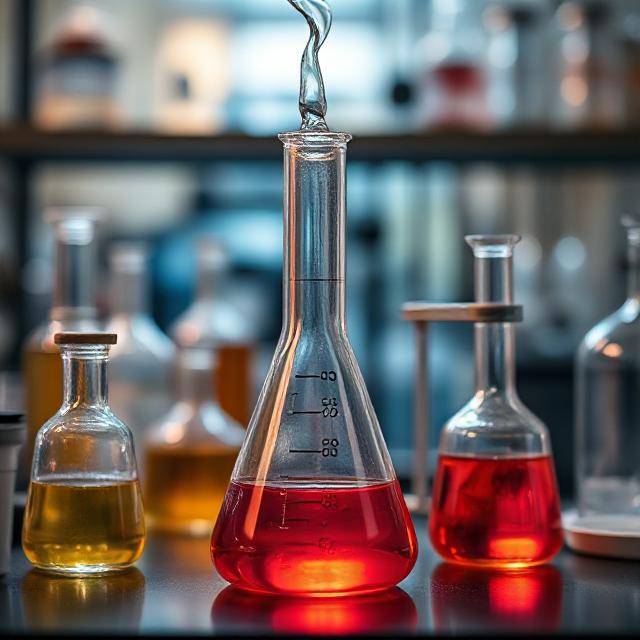


Among the variations available, the quartz heater tube is a popular type, known for efficiently conducting and withstanding high levels of heat.
used quartz tubes play a crucial role in industries ranging from semiconductor manufacturing to high-temperature lighting and chemical processing. Their exceptional thermal stability, high purity, and resistance to corrosion make them ideal for specialized applications. Among the variations available, the quartz heater tube is a popular type, known for efficiently conducting and withstanding high levels of heat. But how are these high-performance tubes made? In this article, we delve into the step-by-step process involved in the manufacturing of fused quartz tubes.
The process begins with the selection of high-purity silica sand. This sand typically contains at least 99.99% silicon dioxide (SiO₂). Any impurities in the raw material can compromise the transparency and performance of the final product, especially for high-precision applications like a quartz heater tube. Hence, manufacturers use only ultra-pure sand for melting.
Once the silica sand is prepared, it is introduced into a furnace that heats the material to an extremely high temperature—usually above 2000°C. At this temperature, silica transitions into a molten state. This process can be performed using several techniques such as:
Continuous fusion: Silica is fed continuously into an electric furnace, producing tubes in a streamlined fashion.
Flame fusion: Utilizes a hydrogen-oxygen flame to locally melt the silica for smaller production runs or precision components.
The molten material that results from this stage is the foundation for creating any fused quartz tube, whether intended for laboratory use or industrial heating applications.
Shaping is one of the most critical stages in the manufacturing process. The molten quartz is drawn through a shaping die to form a cylindrical tube. The size, wall thickness, and diameter can be adjusted depending on the application. For example, a quartz heater tube designed for infrared heating systems may need specific dimensions and tolerances to fit within a particular housing or fixture.
Modern manufacturing equipment ensures that the tube is drawn with precision. The tube is constantly rotated to maintain uniform wall thickness and prevent distortion. Cooling starts immediately after shaping, which helps the glass set into a stable cylindrical form.
Annealing is the process of slowly cooling the newly formed fused quartz tube to relieve internal stresses that can occur due to rapid temperature changes during shaping. Stress in the material can lead to cracking or reduced performance under thermal cycling. This step involves placing the tubes in an annealing oven where the temperature is gradually lowered in a controlled environment.
Proper annealing is especially important for a quartz heater tube, as it must withstand repeated cycles of heating and cooling without degrading in performance.
Once cooled, the long tubes are cut to the required length using diamond-tipped saws or laser cutting machines. Depending on the end-use, the cut surfaces may be further polished to achieve optical clarity or a smooth finish. For example, tubes used in UV sterilization equipment may require clear polished ends, while others used in mechanical setups may only need a standard finish.
In some cases, the ends of a fused quartz tube are flame-polished to remove sharp edges and create a smooth, rounded surface that resists chipping.
After cutting and polishing, each tube undergoes a series of quality inspections. These include:
Dimensional accuracy checks
Wall thickness verification
Surface quality assessment
Thermal shock testing
Any flaws such as bubbles, striations, or cracks are identified and removed from the production batch. This is essential, especially when the tubes are intended to be used as quartz heater tubes, where even minor imperfections can lead to failure at high temperatures.
Some applications require additional features such as UV resistance, anti-reflective coatings, or chemical durability. In such cases, the fused quartz tube undergoes further treatments, which can include surface coating or doping the quartz with specific elements. These treatments enhance the functionality and expand the range of applications.
For example, certain quartz heater tubes are doped with halogen gases or coated with reflective materials to improve heat distribution and energy efficiency.
Finally, the tubes are carefully packaged to prevent damage during transportation. Anti-static and shock-resistant materials are used to wrap the products. Clear labeling and custom packaging solutions are often employed, especially when shipping delicate quartz heater tubes that are part of larger heating systems or instruments.
